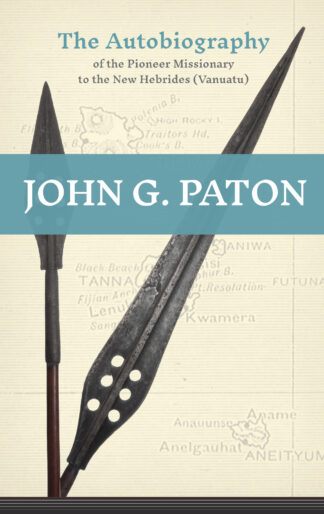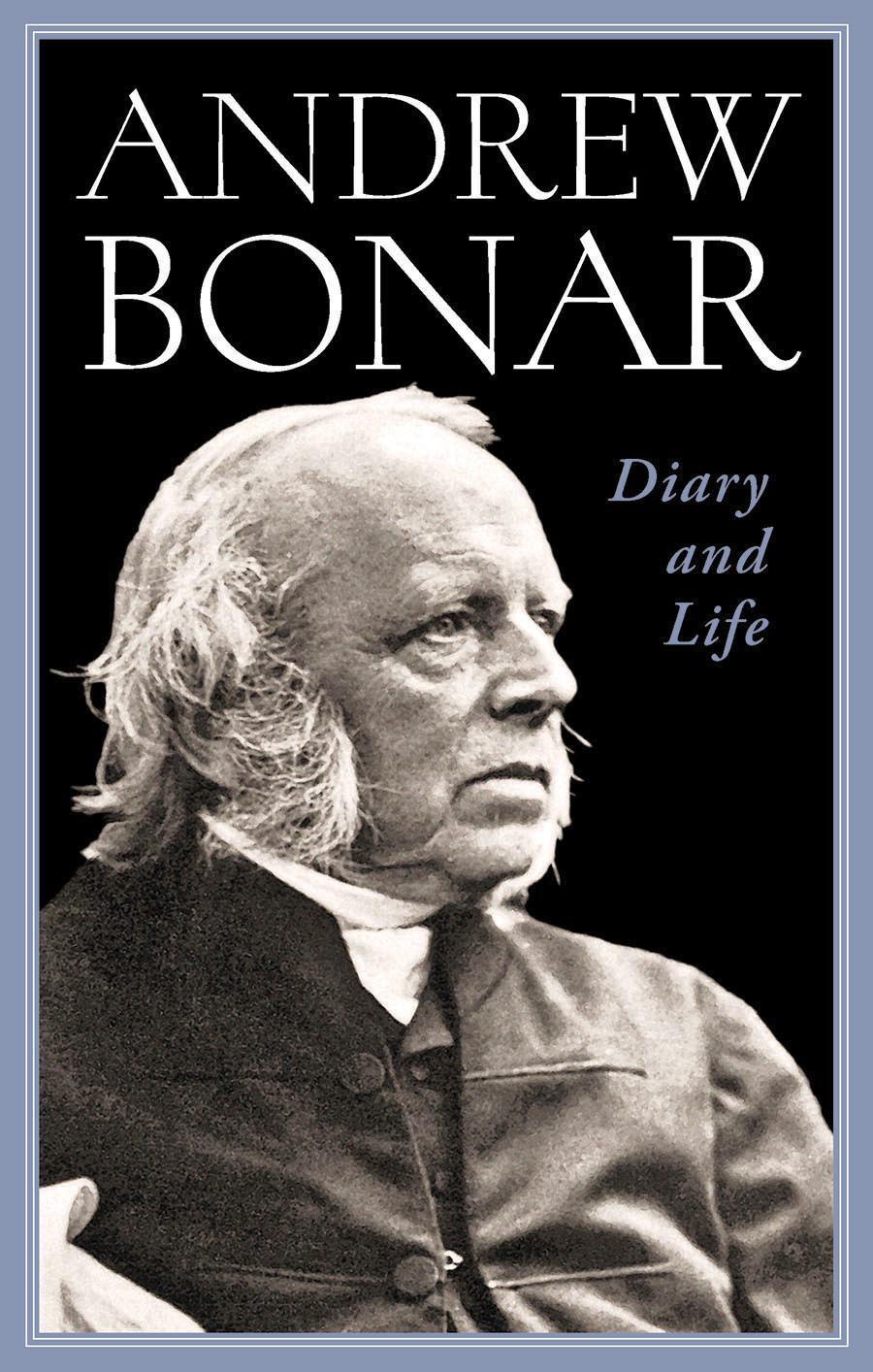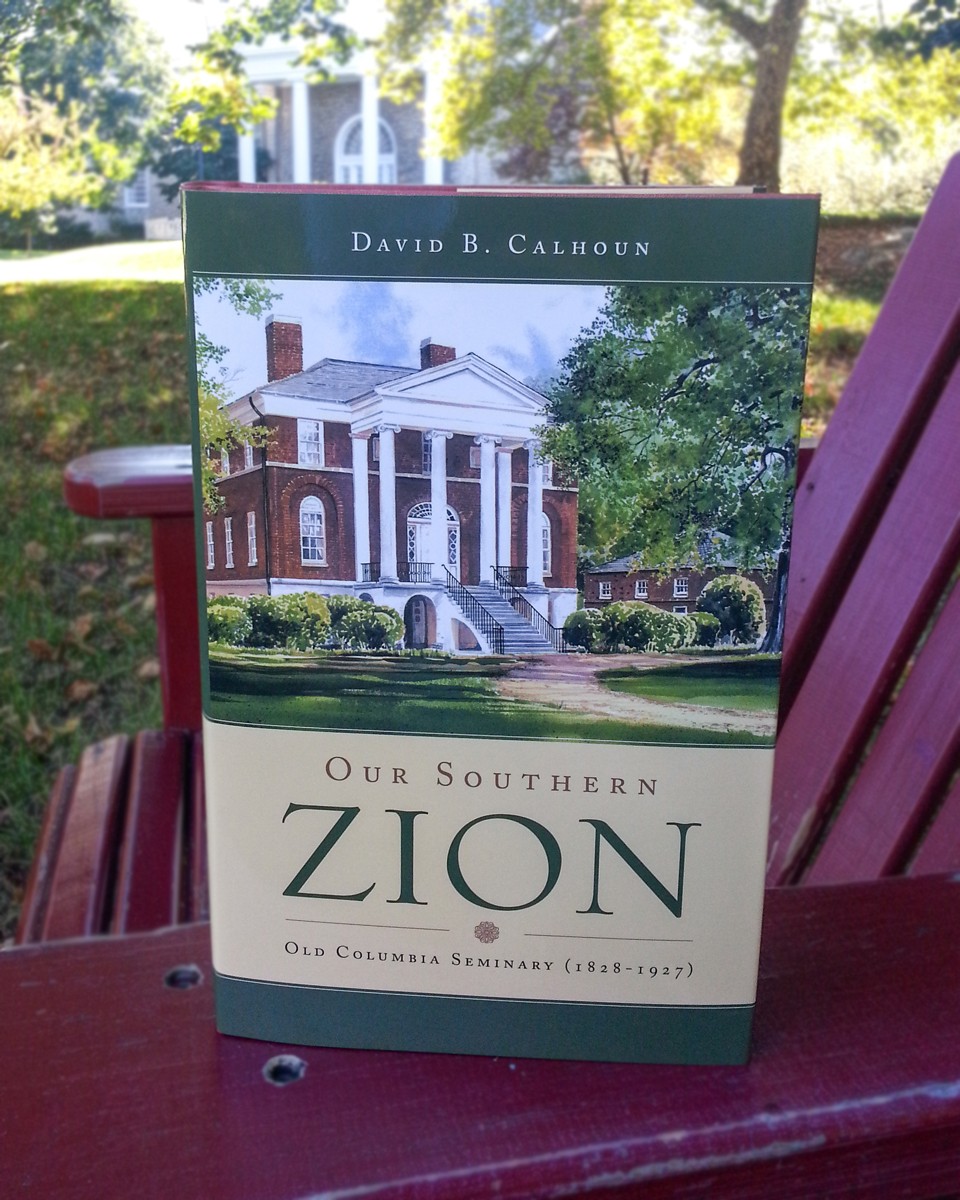Our Southern Zion
Old Columbia Seminary (1828-1927)
| Weight | 1.2 lbs |
|---|---|
| Dimensions | 8.8 × 5.75 × 1 in |
| ISBN | 9781848711723 |
| Binding | Cloth-bound, eBook (ePub & Mobi), Cloth-bound & eBook (ePub & Mobi) |
| Topic | 19th Century, General History, 20th century |
| Original Pub Date | 2012 |
| Banner Pub Date | Oct 1, 2012 |
| Page Count | 408 |
| Format | Book |
Endorsement
‘I have long admired the historical/theological writings of Dr. David Calhoun (of Covenant Seminary) because he has the rare gift of combining historical accuracy, wide and deep cultural perception, theological insight and best of all, the fragrance of Christ and his gospel. His most recent volume on the first century of Columbia Theological Seminary (then in South Carolina), 1828-1927 exhibits all of these qualities in a beautiful combination.’ — DOUGLAS F. KELLY
Book Description
A few blocks from the First Presbyterian Church of Columbia, South Carolina, is a fine antebellum mansion, the Robert Mills Historic House, named for the man who designed it. The house, beautifully restored, with Regency furnishings, marble mantelpieces, and sterling silver doorknobs and locksets, reflects the wealth and culture of Ainsley Halt, the man who briefly owned it. More fitting, however, would be desks and tables and books of the professors and students of Columbia Theological Seminary, which made the house its home for almost a hundred years. The rooms of the main floor were the classrooms, where George Howe trained generations of Southern ministers in biblical exegesis, where James Henley Thornwell taught Calvin’s Institutes, where John Adger explained the sacraments and church polity, and where John Girardeau set forth the great themes of Reformed theology. It was in one of these rooms that two students organized the Society of Inquiry on Missions in February of 1831.
On the top floor was the library-many of its books lovingly collected in Europe by Thomas Smyth, pastor of Charleston’s Second Presbyterian Church. Woodrow Wilson said that in the little chapel, originally the mansion’s stables, he had heard some of the greatest examples of eloquent and powerful preaching. In that chapel the Southern Presbyterian Book of Church Order was hammered out. A later Columbian beautifully wrote that ‘the Book of Church Order for a church which glories to acclaim [Christ] alone as King who was cradled in a manger, was composed in a house built for a carriage stable’ (William Childs Robinson, Columbia Theological Seminary, p. 94).
Table of Contents Expand ↓
| Illustrations | ix | |
| Preface by Dr Douglas F Kelly | xi | |
| Introduction: ‘Another Sun’ | xv | |
| 1 | A New Town | 1 |
| 2 | A New Theological Seminary | 9 |
| 3 | John Leighton Wilson | 27 |
| 4 | An Old School Seminary | 39 |
| 5 | James Henley Thornwell | 51 |
| 6 | Benjamin Morgan Palmer | 61 |
| 7 | The Southern Presbyterian Review | 73 |
| 8 | ‘A Door Opened’ | 81 |
| 9 | ‘The Glory of the Lord Risen Upon It’ | 95 |
| 10 | Dr Thornwell at the Seminary | 101 |
| 11 | Thornwell’s Legacy: Theologian | 113 |
| 12 | Thornwell’s Legacy: Churchman and Southerner | 125 |
| 13 | John Adger and James Woodrow | 137 |
| 14 | The Southern Presbyterian Church | 163 |
| 15 | The War between the States | 179 |
| 16 | ‘Streams in the Desert’ | 195 |
| 17 | Joseph Ruggles Wilson | 209 |
| 18 | John Lafayette Girardeau | 221 |
| 19 | ‘The Dear Seminary’ | 241 |
| 20 | ‘The Lord’s Ordering’ | 255 |
| 21 | The Evolution Controversy | 265 |
| 22 | Girardeau’s Legacy | 281 |
| 23 | ‘No Uncertain Sound’ | 293 |
| 24 | Columbia and Louisville | 303 |
| 25 | ‘A Passing Breath’ | 317 |
| 26 | ‘The Line of Descent’ | 333 |
| 27 | ‘The Prophet’s Call and the Shepherd’s Heart’ | 345 |
| 28 | The Last Commencement | 355 |
| Conclusion: ‘This Pure Light’ | 365 | |
| Index | 369 |
Reviews
Related products

John G. Paton
The Autobiography of the Pioneer Missionary to the New Hebrides (Vanuatu)
Description
Part collective biography and part narrative history, this book follows the story of Old Columbia Seminary during the years 1828-1927. 408pp.

Description
Part collective biography and part narrative history, this book follows the story of Old Columbia Seminary during the years 1828-1927. 408pp.

Andrew Bonar
Diary & Life
Description
Part collective biography and part narrative history, this book follows the story of Old Columbia Seminary during the years 1828-1927. 408pp.



Ben House –
Reading Our Southern Zion was then a pleasant regathering of thoughts and reminder of the great Southern theologians. Of course, therein lies the rub to this whole matter. The lives of theologians rarely makes for exciting or adventurous reading. After all, a theologian spends most of his time in the study, the classroom, and the pulpit. Then there is the Southerness of this book’s subjects. The South carries a weight and burden of its past that still gives it discredit in many circles. We grant that the Southern Church, in nearly all branches, failed in its mission and message at many points. All churches in all areas have had their areas of failure, their failure of vision, and their misapplication of doctrine and life. Reading history is never for the point of recreating. History should humble and instruct us, but never provide the exact blueprints for our own times. Therefore, reading about Southern Christianity is both a challenge and a rebuke.
I refer to this book as a reunion because Dr. Calhoun referenced many of my favorite books on Southern history and theology, including those by Douglas Kelly (Preachers With Power), Eugene Genovese (a historian who went from Marxism to Christianity),
Henry Alexander Whyte (Southern Presbyterian Leaders), Iain Murray (a Scotsman who has overseen the reprinting of lots of Southern theologians), E. Brooks Holifield, and others.
It also featured the story of Charles Colcock Jones and his family. Jones was a missionary to African-Americans. The Jones’ family letters are treasures.
The book also covered the lives and referenced the writings and preaching of such Southern theologian/preachers as James Henley Thornwell, Thomas E. Peck, Robert L. Dabney, John Girardeau, and Andrew W. Blackwood.
Our Southern Zion, along with quite a few other books featuring Southern theologians, is published by Banner of Truth. Banner has long published great books heralding the Reformed faith.
A history of a theological seminary is, by design, a history of the many different teachers whose spent time in the halls of learning. This book recounts some amazing aspects of Southern history.
First, the South produced some of the most brilliant theologians of the 19th century. The Columbia greats, such as Thornwell, Girardeau, and Palmer, wrote some works that have continued to instruct serious theology students.
Second, the great theologians were quite often quite powerful pulpiteers. The accounts given of the preaching of these same 3 (Thornwell, Girardeau, and Palmer) indicates that these men were not primarily academics. Their theoology translated into practical, hard-hitting, soul stirring sermons. They would have agreed with Karl Barth on this point (without agreeing with him on other matters): Theology is nothing other than sermon preparation.
Third, many of the Southern Presbyterians had great hearts for and devoted great attention to African-Americans. Their views were not always perfect and their paternalistic views have been rightly criticized. But Southern Presbyterians of the 1800s had hearts for carrying the Gospel to their slaves. Had their vision and emphases been more applied in the South, racial problems in the years following the War Between the States would have been lessened.
Fourth, the Southern Presbyterian Church and Columbia Seminary were strongly rooted and grounded in historic Calvinism. There were no frayed edges to orthodoxy in their doctrines. But, it should be noted that this Calvinistic rigor did not preclude Southern Presbyterians from having great relations with Christians of other traditions. Along with that, these Calvinists were strongly evangelistic.
Our Southern Zion will probably have limited appeal. But there are those like me who rejoice in seeing the works of God in a Presbyterian seminary in days past. It gives a hint of what kind of blessings God still has in store for us.